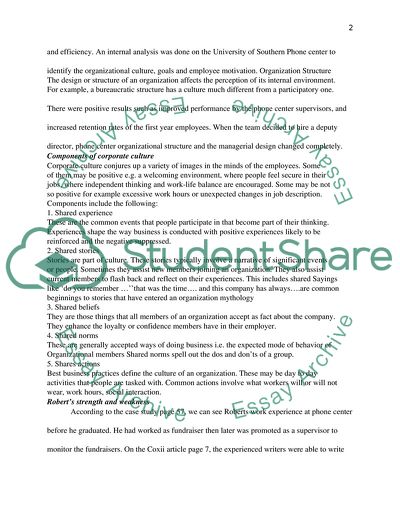Cite this document
(The Design or Structure of an Organization Term Paper - 1, n.d.)
The Design or Structure of an Organization Term Paper - 1. Retrieved from https://studentshare.org/human-resources/1608907-case-study-analysis
The Design or Structure of an Organization Term Paper - 1. Retrieved from https://studentshare.org/human-resources/1608907-case-study-analysis
(The Design or Structure of an Organization Term Paper - 1)
The Design or Structure of an Organization Term Paper - 1. https://studentshare.org/human-resources/1608907-case-study-analysis.
The Design or Structure of an Organization Term Paper - 1. https://studentshare.org/human-resources/1608907-case-study-analysis.
“The Design or Structure of an Organization Term Paper - 1”. https://studentshare.org/human-resources/1608907-case-study-analysis.


